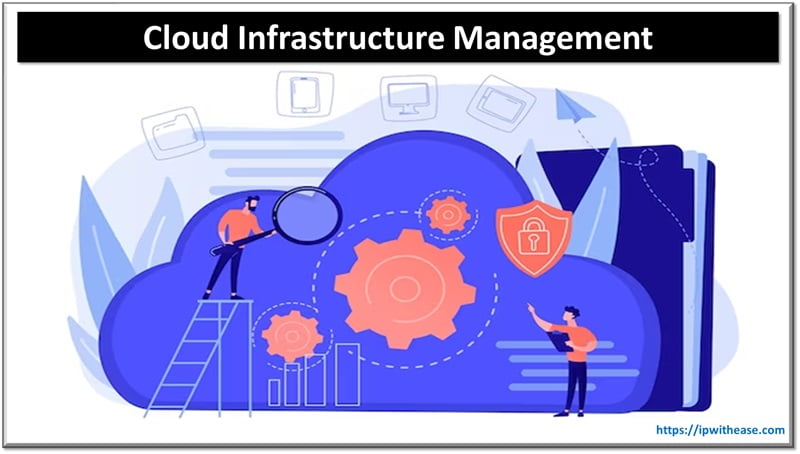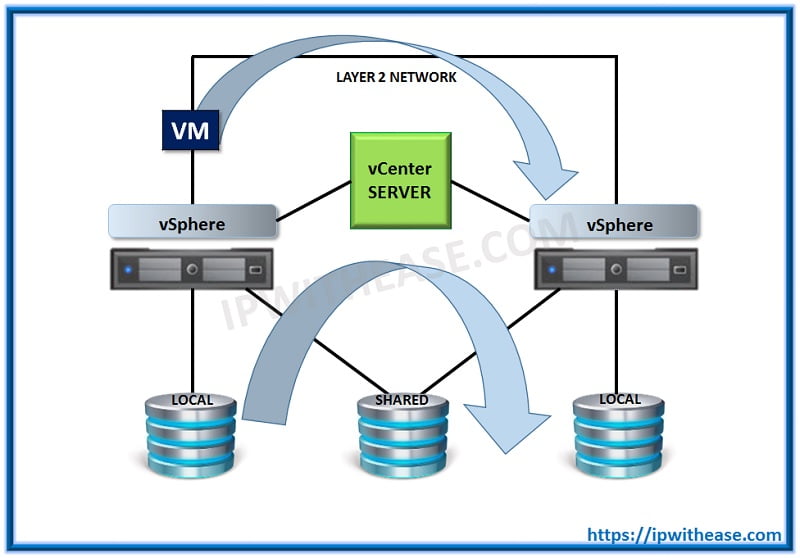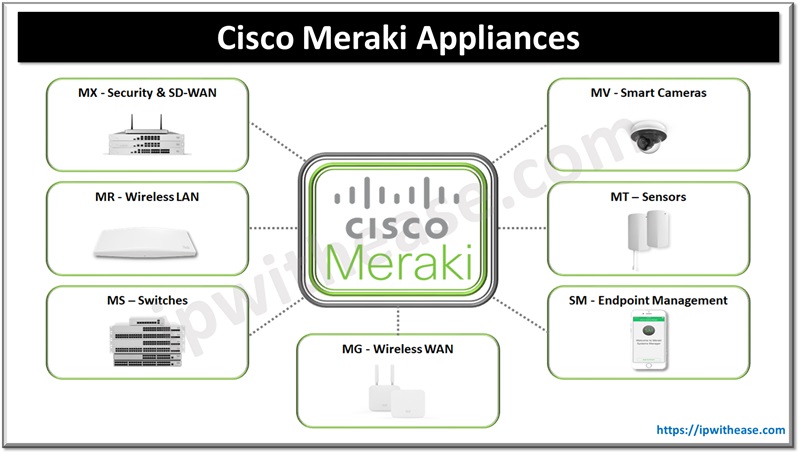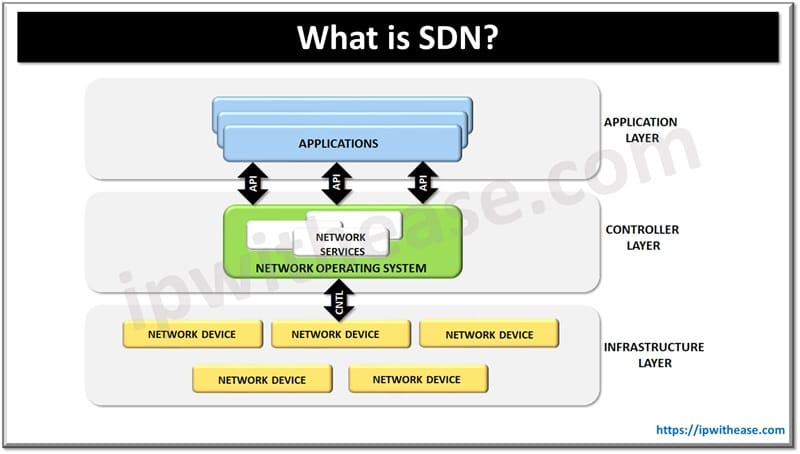Table of Contents:
Cloud infrastructure optimization is a strategic process that involves analyzing and fine-tuning the allocation of cloud resources to enhance performance and minimize waste caused by over-provisioning. By closely monitoring the utilization of cloud instances, applications, and workloads, organizations can gain valuable insights into their cloud environment’s efficiency and effectiveness.

For example, consider a company that operates an e-commerce platform on the cloud. During peak shopping seasons, such as Black Friday or Cyber Monday, there is a surge in traffic and demand for resources. Cloud infrastructure optimization allows the organization to automatically scale up its computing resources to accommodate the increased workload. This ensures that the website remains responsive and available to customers without incurring unnecessary costs during periods of low demand.
Similarly, a software development team may use cloud infrastructure optimization to fine-tune their development and testing environments. By closely monitoring resource usage patterns and identifying idle or underutilized instances, they can right-size their infrastructure to match the actual demand. This not only reduces costs but also streamlines the development process by providing developers with the resources they need when they need them.
Moreover, cloud infrastructure optimization enables organizations to make data-driven decisions regarding resource allocation and capacity planning. By leveraging monitoring tools and analytics, they can identify opportunities to optimize performance, improve resource utilization, and allocate budgets more effectively. Overall, cloud infrastructure optimization empowers organizations to take control of their cloud environment, ensuring that they maximize the value of their investments while minimizing waste. By continuously analyzing and adjusting resource allocation, organizations can achieve better performance, scalability, and cost efficiency in the cloud.
Cloud Infrastructure Optimization Has Benefits
Cloud infrastructure optimization holds significant importance for organizations seeking to maximize the efficiency, performance, and cost-effectiveness of their cloud environments. Here are four compelling reasons why cloud infrastructure optimization is crucial:
Cost Efficiency
One of the primary reasons for cloud infrastructure optimization is to achieve cost efficiency. By analyzing resource usage patterns and identifying opportunities to right-size instances, organizations can eliminate wasteful spending on unused or underutilized resources. This allows them to optimize their cloud spending and allocate budgets more effectively, ultimately leading to significant cost savings.
Performance Enhancement
Optimizing cloud infrastructure can lead to improved performance and reliability of applications and workloads. By ensuring that resources are appropriately provisioned and scaled to meet demand, organizations can prevent performance bottlenecks and downtime. This results in a better user experience for customers and increased productivity for employees, ultimately driving business growth and success.
Scalability and Flexibility
Cloud infrastructure optimization enables organizations to scale their resources up or down based on demand, providing greater flexibility and agility. By dynamically adjusting resource allocation in response to changing workload requirements, organizations can ensure that they have the necessary capacity to support business operations without over-provisioning or underutilizing resources. This scalability allows organizations to respond quickly to market changes and customer needs, gaining a competitive edge in today’s fast-paced digital landscape.
Resource Utilization and Sustainability
Optimizing cloud infrastructure helps organizations improve resource utilization and reduce their environmental footprint. By minimizing over-provisioning and maximizing the efficiency of resource utilization, organizations can decrease their energy consumption and carbon emissions. This not only aligns with corporate sustainability goals but also contributes to environmental conservation efforts.
Related: What is Cloud Security Posture Management (CSPM)?
Optimization Step-Guide For Cloud
Optimizing cloud infrastructure involves a multifaceted approach that goes beyond simply adjusting resource allocation. Here are seven effective ways to optimize cloud infrastructure, including solutions that are often overlooked:
Right-Sizing Instances
One of the fundamental steps in cloud infrastructure optimization is right-sizing instances. This entails matching the resources (such as CPU, memory, and storage) of virtual machines to the actual needs of applications and workloads. By avoiding over-provisioning or underutilization, organizations can optimize costs while ensuring optimal performance.
Implementing Auto-Scaling Policies
Auto-scaling allows organizations to automatically adjust the number of cloud resources based on fluctuating demand. By setting up auto-scaling policies, businesses can ensure that their infrastructure scales up during peak periods and scales down during off-peak times. This not only improves performance but also optimizes costs by eliminating the need for manual intervention.
Utilizing Spot Instances and Reserved Instances
Leveraging spot instances and reserved instances can lead to significant cost savings in cloud environments. Spot instances allow organizations to bid for unused capacity at discounted rates, while reserved instances offer lower prices in exchange for committing to a specific usage term. By strategically using these purchasing options, organizations can optimize costs without sacrificing performance.
Optimizing Storage
Storage optimization involves efficiently managing data storage to minimize costs and maximize performance. This includes strategies such as tiering data based on access frequency, using compression and deduplication techniques to reduce storage requirements, and leveraging cloud-native storage solutions that offer scalability and cost-effectiveness.
Implementing Cloud-Native Services
Embracing cloud-native services and architectures can streamline operations and improve efficiency. Solutions such as serverless computing, containerization, and microservices enable organizations to build and deploy applications
Investing in Training and Knowledge Transfer
Often overlooked, investing in training and knowledge transfer for IT teams is crucial for long-term cloud infrastructure optimization. Providing employees with the necessary skills and expertise to effectively manage and optimize cloud resources can lead to better decision-making, improved efficiency, and reduced downtime. This can be achieved through workshops, online courses, certifications, and knowledge-sharing sessions.
Leveraging Monitoring and Analytics Tools
Implementing robust monitoring and analytics tools is essential for gaining insights into cloud infrastructure performance and identifying optimization opportunities. These tools enable organizations to track resource usage, monitor application performance, detect anomalies, and predict future demand. By leveraging real-time data and analytics, organizations can make informed decisions to optimize their cloud infrastructure proactively.
Conclusion
Cloud infrastructure optimization is not just about cost savings and performance enhancements; it’s about future-proofing businesses. By continuously optimizing their cloud environments, organizations can stay relevant in an ever-evolving digital landscape without the need for a complete overhaul and avoiding the stress involved in such reconstructions. Embracing optimization strategies ensures agility, efficiency, and adaptability, positioning businesses for sustained success in the future.
Continue Reading:
ABOUT THE AUTHOR
IPwithease is aimed at sharing knowledge across varied domains like Network, Security, Virtualization, Software, Wireless, etc.



